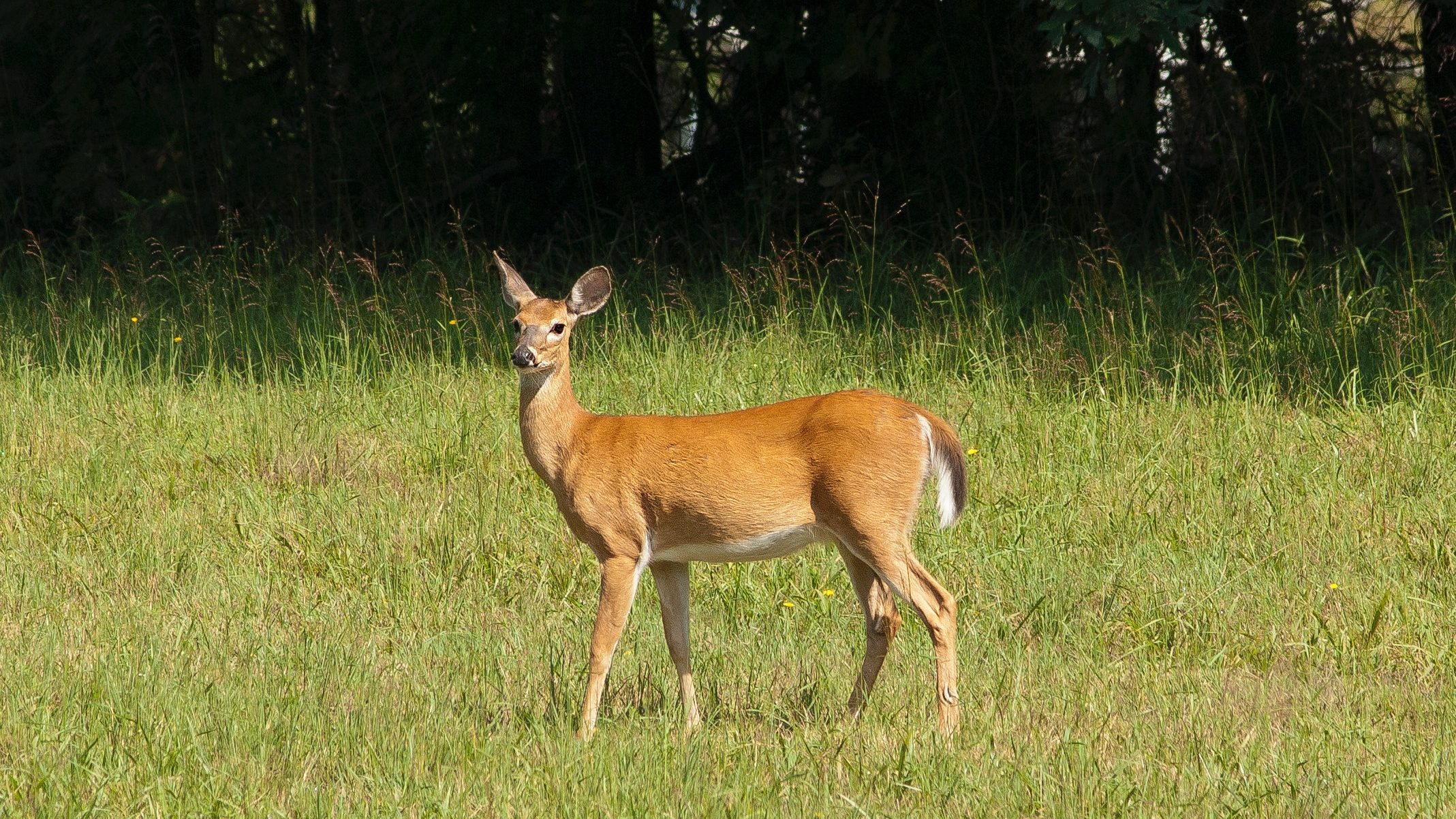Improving the Property, the Community, the Environment
As a landscaping company, you have a unique opportunity to make a positive impact on the environment. However, you also face potential risks and liabilities related to environmental concerns. Whether you’re maintaining a residential lawn or designing a commercial landscape, there are steps you can take to minimize your environmental footprint and protect your business. Here are some tips for addressing environmental concerns in your community, as well as some of the insurance coverages you should consider.
“He that plants trees loves others besides himself.”
— Thomas Fuller

Prioritize water conservation
Water is a precious resource, and landscaping can be a significant consumer of water. To reduce your water usage, consider using drought-tolerant plants, installing drip irrigation systems, and minimizing the size of lawns. However, if you accidentally damage a client’s property due to water usage or experience a water damage claim, you’ll want to have comprehensive liability insurance coverage to cover the damages.
Use organic and natural products
Many landscaping products, such as fertilizers and pesticides, can have negative environmental impacts. Consider using organic and natural products that are safe for the environment and human health. If a client experiences health issues or property damage as a result of the products you use, you will need liability insurance coverage to protect your business. Pollution liability claims can be astronomically costly, especially if not covered by your general liability insurance.
Reduce your energy usage
Landscaping equipment can be a significant source of greenhouse gas emissions. To reduce your carbon footprint, consider using electric or battery-powered equipment, maintaining your equipment to ensure it runs efficiently, and scheduling maintenance and deliveries to minimize travel time. General Liability insurance coverage is in place to cover property damage to your client’s or their neighbor’s property. However, you’ll need property coverage and an equipment floater policy to cover your own equipment. But beware! Not all policies are written the same. Know what is and is not covered by your property coverage.
Plant trees and other vegetation
Trees and other vegetation can help absorb carbon dioxide, reduce air pollution, and provide habitat for wildlife. Consider incorporating trees and other vegetation into your landscaping designs, and encourage your clients to do the same. Should your work lead to the damaging a client’s property or injures someone, you’ll need liability insurance coverage to cover the damages.
Participate in local environmental initiatives
There may be local initiatives or programs focused on environmental sustainability that your landscaping company can participate in. For example, you could volunteer to plant trees in local parks or participate in community clean-up events. You could also partner with local environmental organizations to promote sustainable landscaping practices.

By prioritizing environmental sustainability and securing appropriate insurance coverage, your landscaping company can positively impact your community and the planet while protecting your business from potential environmental risks and liabilities. Not only will these practices help reduce your environmental footprint, but they can also differentiate your business and attract clients who prioritize sustainability. By working together, we can create a healthier and more sustainable future for all.
